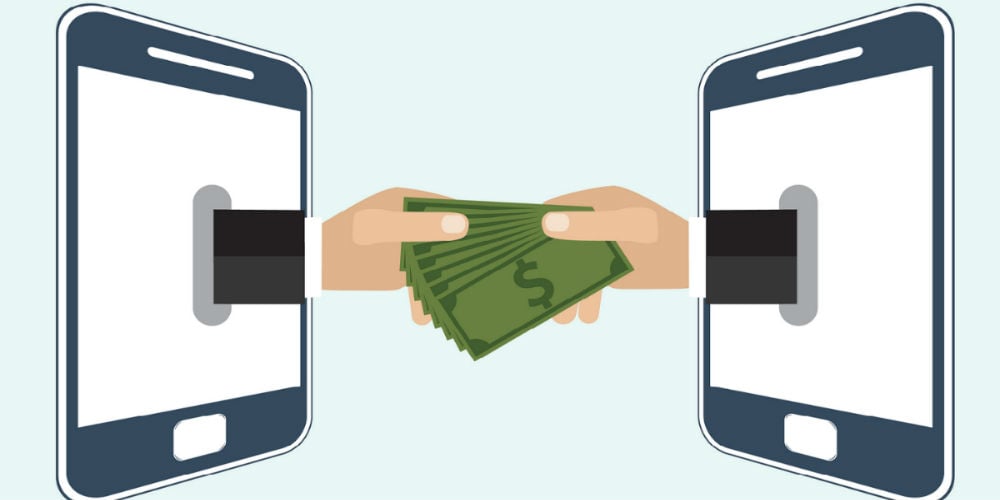How to fail at mobile lending without even trying

Your 2016 goals and strategy are no doubt set, and if you’re like most credit unions we talk to mobile lending is on that list. We see the rise in social media and the need to appeal to younger members as the main push for CU’s to adopt mobile lending, and we understand that technology is changing the way members access financial services. However, as much as mobile lending is an opportunity for credit unions to gain more revenue and new members, how much of an impact will it make to your bottom line? Will the amount of new business justify the expenditure?
With the right core in place, you are presented with the opportunity to introduce new technology to your product offering with relative ease. Thanks to integrated apps, if your credit union core has kept up with the pace of technology, going to market with a product like mobile lending may not require as much up front work or costs as you fear.
View our “Loans To Go!” eBook on using your core technology to master mobile lending.
But just having the product available is not enough to ensure success. Here are some common ways to fail in your planning and implementation of mobile lending for your CU:
1) Making too many assumptions about your members and their demographics
Most credit union executives understand the demographics of their current and potential member base, and how they are changing, and then project those changes on to their offering. But be careful in drawing too many conclusions. Credit unions with aging members should not assume that mobile technologies only target the young. However resistant to adoption, older members will depend increasingly upon mobile technology as they live longer lives and as their mobility declines. Consideration of demographics like this can illuminate a long-term vision for mobile lending.
2) Assuming your mobile lending is the only game in town
Gauge your members’ susceptibility to competing alternatives. It’s a strong bet that your neighborhood loan shark can be found in the app store. Whether from some obscure shadow banking outlet, or from a major player like Quicken or Google, members have many new sources of cash. Take the time to understand these encroaching services and assess the extent to which your members are susceptible to them. As you do so, you will see opportunities to differentiate and better estimate demand for your mobile loan offerings. For example, credit unions who offer remote controls for cards enjoy a distinct competitive advantage in promoting credit card loans to members who travel, who shop online or who might be otherwise uniquely exposed to fraud risk.
3) Targeting members’ stereotypes
A recent study around the use of big-data reveals that “interests, opinions and overt behaviors are a much better indicator of customer demand” than traditionally-defined market segments. In other words, indicators like income, ethnicity or education matter much less than your member’s personal credit score, substance abuse record, work-place habits or spending patterns.
While most credit unions think big-data is something accessible only by government entities and internet wizards, it’s really not. Big-data is any resource that helps you construct an intimate picture of how your members behave and what motivates them. As you analyze information you already possess in your loan portfolio and account records, you will better see how those pictures of your members fit into your strategic landscape for mobile lending.
4) Not even trying
Simply NOT considering and thoroughly analyzing mobile lending is a sure-fire way to fail at it. Even if you determine it is not right for you, doing your due diligence to assess it will benefit you, while ignoring it would be a huge mistake. Most Americans now own a mobile phone and mobile has overtaken PC usage on the internet. It was just announced that in 2015, the number of weekly mobile bankers exceeded weekly branch bankers. Nearly 70% of online product searches lead to action within an hour and mobile loan products should be no exception!
Assessing the impact of mobile lending is important, but be sure you get there, and get your implementation right. Tier-1 mobile apps, such as those developed by FLEX, integrate directly into your credit union core processing system so they can deliver the efficiency and advanced capabilities that your staff and your members will demand. You’ll find integrated systems to be indispensable to your success in the mobile arena.





